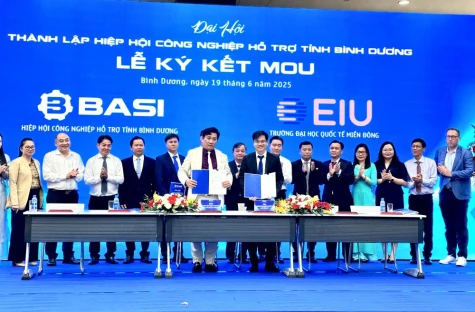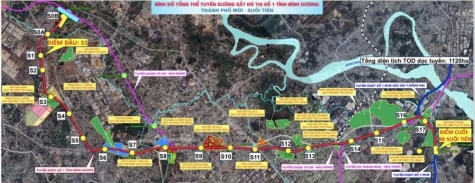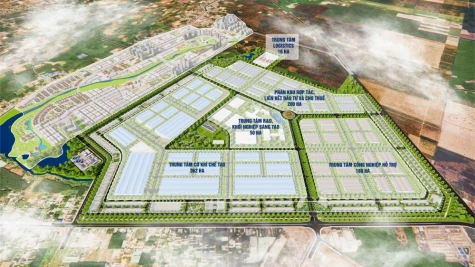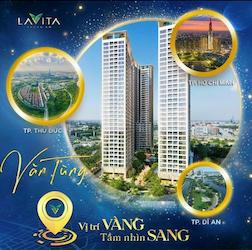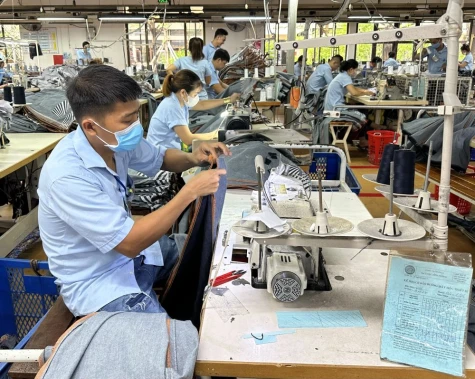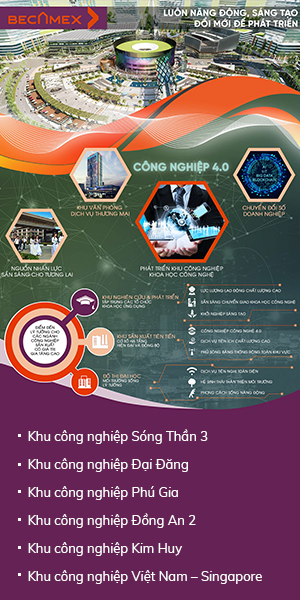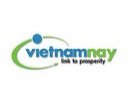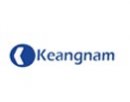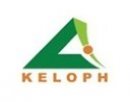Green transport underpins the development of a green economy. It requires establishing policies, attracting resources, and innovating economic tools to address climate change, manage resources, and protect the environment.
Attracting resources for green transport infrastructure development
In line with Vietnam's COP26 commitments, on July 2, 2022, Prime Minister Pham Minh Chinh issued Decision 876/QD-TTg, approving an action plan for green energy transformation. This plan aims to reduce carbon and methane emissions in the transportation sector, with a goal of achieving net-zero emissions by 2050.
The programme outlines solutions for five key transportation sectors, including urban rail systems, high-speed railways, electrified national railways, green ports, and the transition to electric and green energy vehicles.
Vietnam has made initial progress, such as developing urban railways and producing hundreds of electric buses and thousands of electric cars, but these achievements remain modest. The transport sector still requires significant resources and policies to encourage businesses and the public to adopt green transportation solutions. The challenge lies in balancing the need for economic growth while reducing emissions and developing green energy infrastructure.
Minister of Transport Nguyen Van Thang emphasised the importance of green urban rail, high-speed rail and port systems, stating that the development of green infrastructure is one of the three strategic breakthroughs identified by the Party and State to help Vietnam achieve its goals of becoming a high middle-income developing country by 2030 and a high-income country by 2050.
Experts have highlighted the immense demand for green transport infrastructure, pointing out that charging stations have been established, but more investment is needed in ports, airports, and railways.
Mobilising resources to achieve net-zero emissions by 2050 remains a significant challenge. International organisations, including the European Union and the World Bank, have pledged to support Vietnam with equipment and financing.
The EU aims to reduce transport emissions by 60% by 2050 and will assist developing countries like Vietnam in building green transportation systems.
Kathleen A. Whimp, Operations Manager for Vietnam, confirmed the bank’s commitment to supporting Vietnam’s green transport development to achieve its 2050 net-zero target.
Vietnam’s focus on urban rail development, such as the metro systems in Ho Chi Minh City, aligns with this goal.
Vietnam has made notable progress in infrastructure development, including over 24,300 km of national highways, 2,000 km of expressways, 6,800 km of inland waterways, 2,640 km of railways, nearly 300 wharves and 22 airports. However, investment remains imbalanced, with road projects receiving the most attention while railways, despite their potential, lag behind.
The country aims to expand its transportation network, including high-speed railways and electric rail connections, by 2030, requiring an estimated investment of 151.2 billion USD, rising to 312 billion USD by 2050.
The Ministry of Transport continues to explore policies to mobilise investment in transport infrastructure, including attracting foreign investment through public-private partnership (PPP) and maximising the use of official development assistance (ODA) funds. These efforts aim to create a competitive, international-standard green transport system for Vietnam./.
VNA




.PNG)




